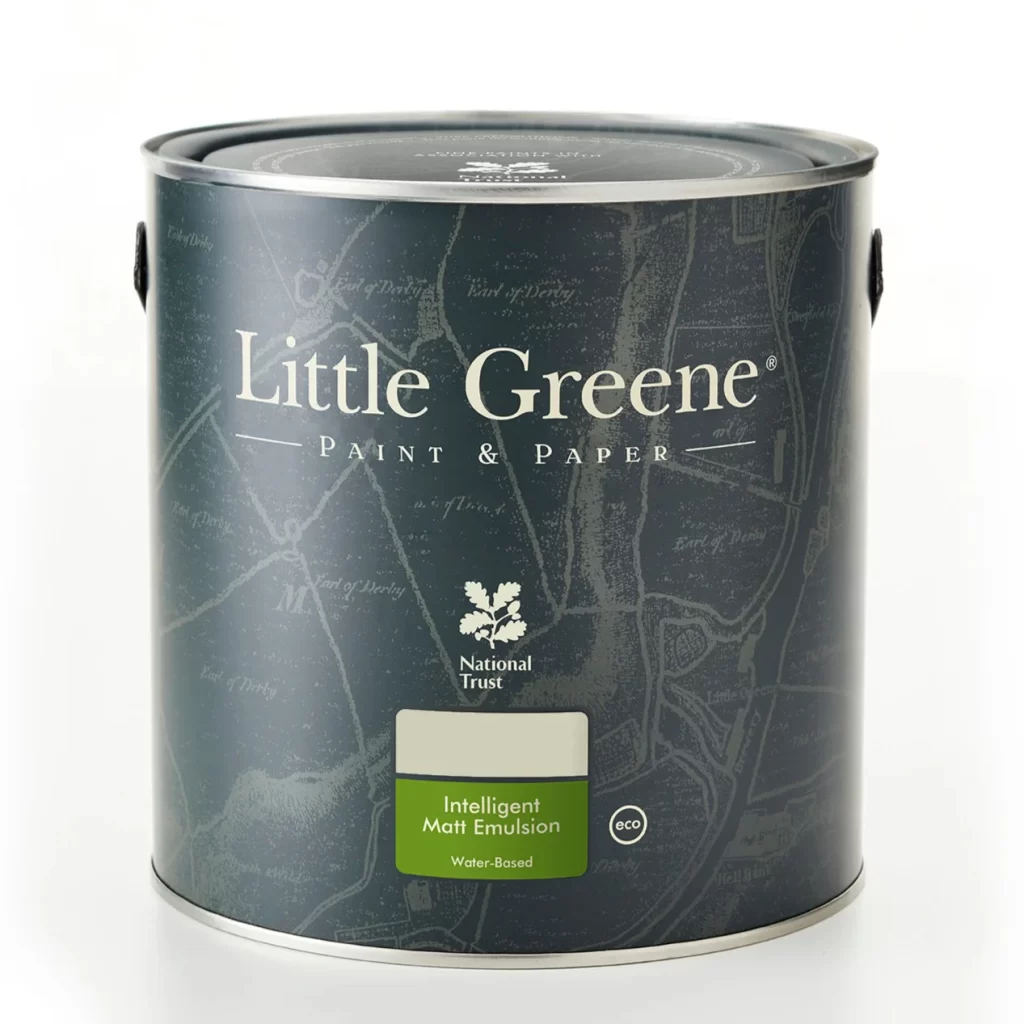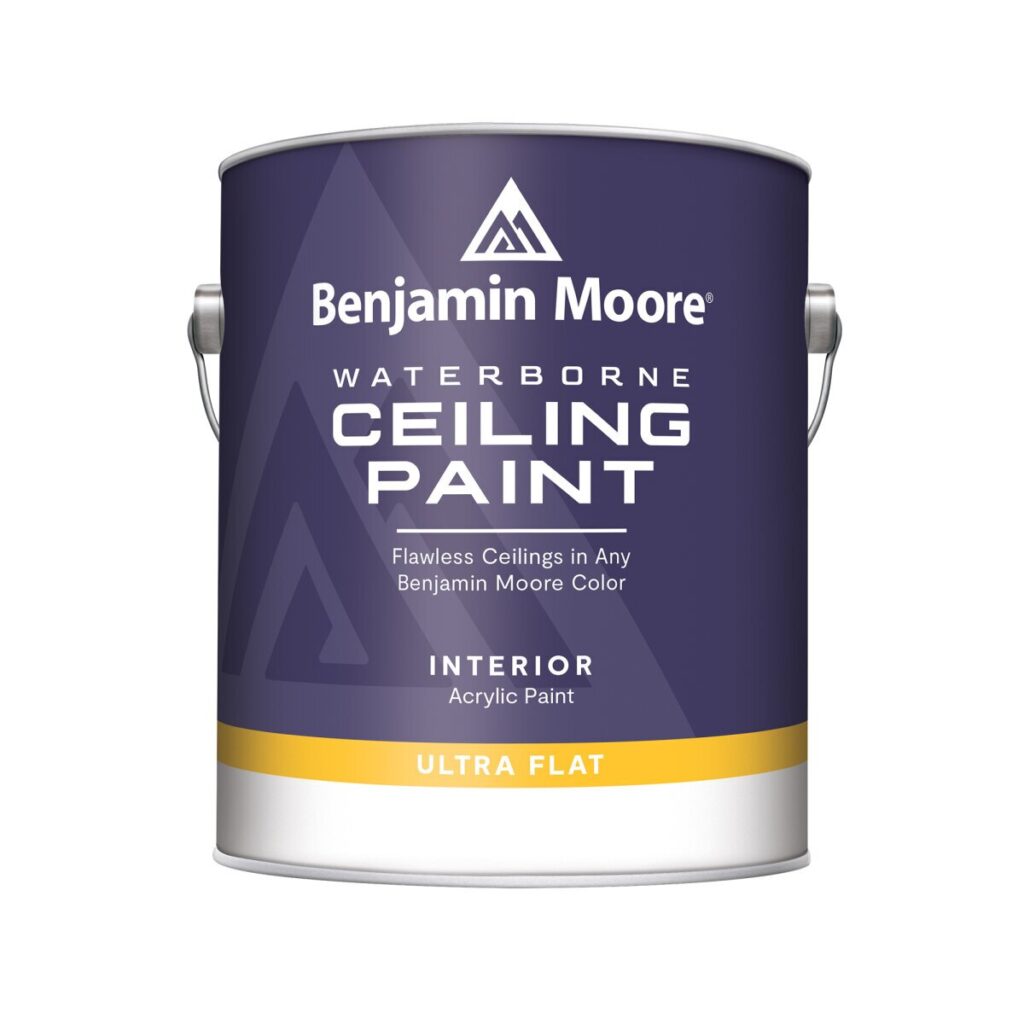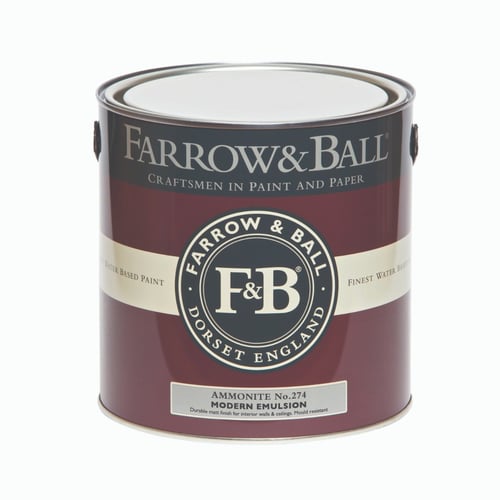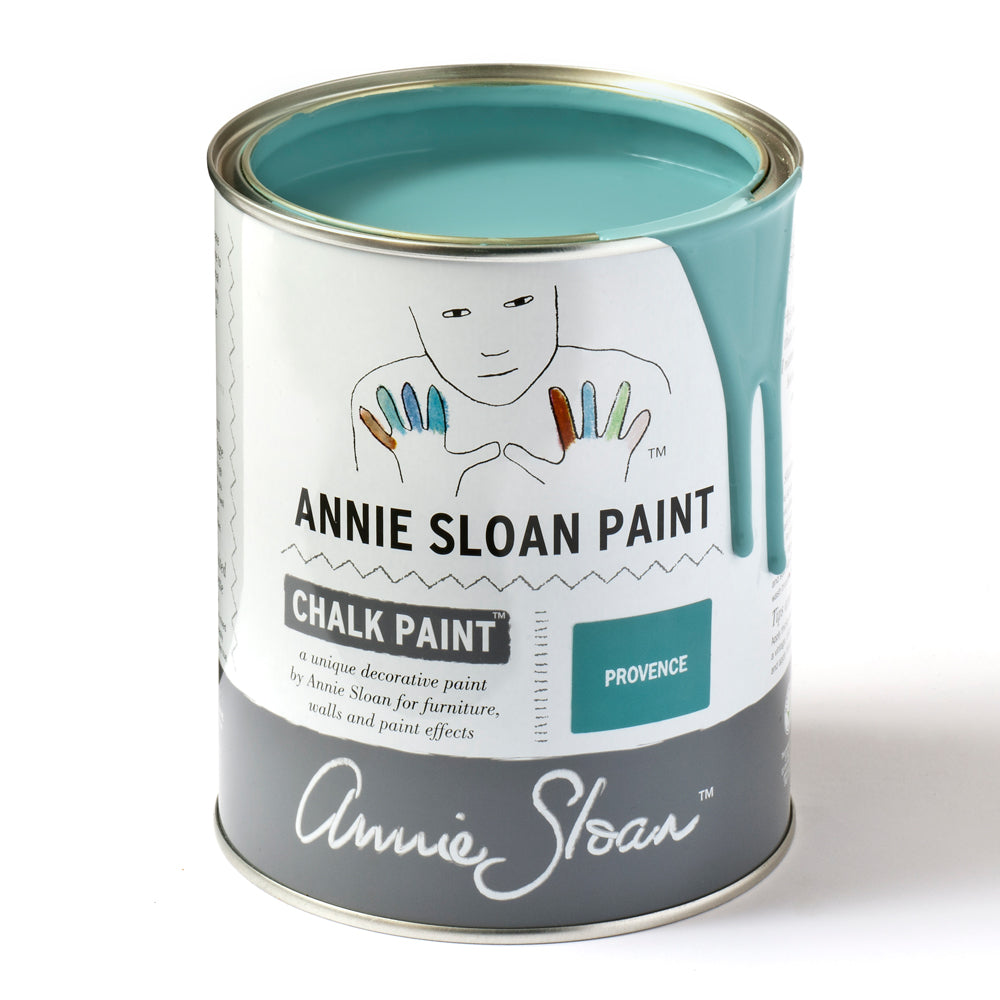Professional Painters

Heritage Paints a Guide to Conservation
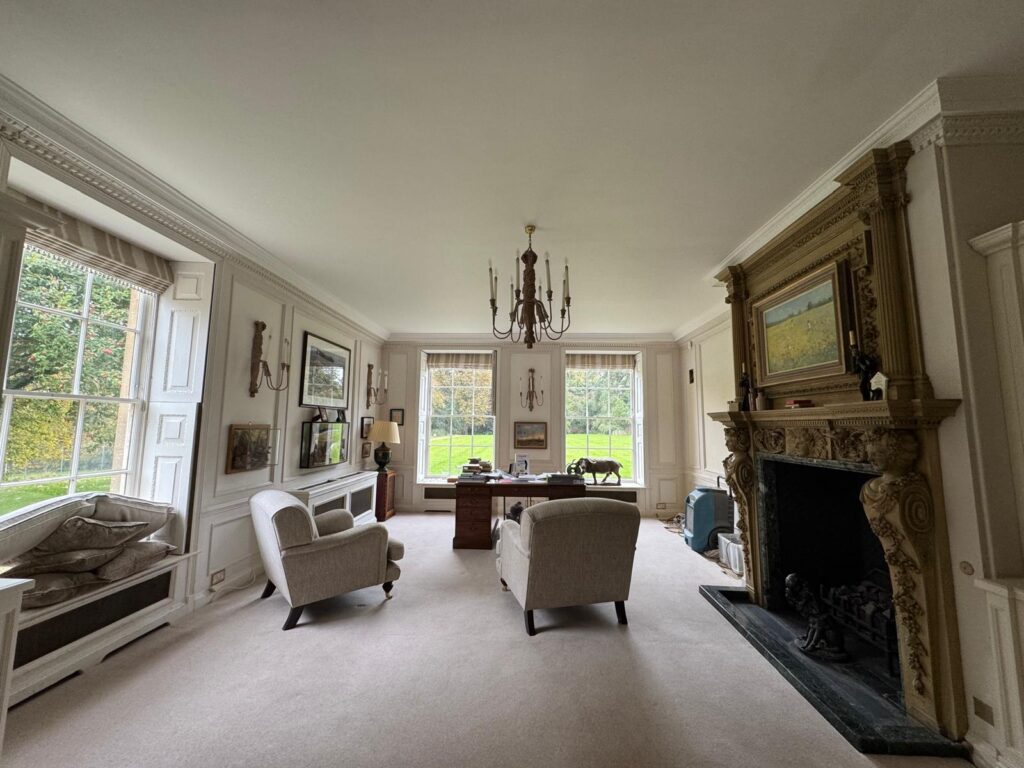
Heritage paints generally refer to collections of paint colours that are inspired by or historically accurate to specific periods or architectural styles.
These paints aim to help homeowners and decorators recreate the authentic look and feel of older properties or incorporate classic and timeless colour palettes into modern spaces.
Here’s a breakdown of what you need to know about heritage paints:
Key Characteristics:
Historically Inspired: The colours are often researched and curated based on pigments and shades that were popular and available during specific historical eras (e.g., Georgian, Victorian, Edwardian).
Timeless Appeal: While rooted in the past, heritage colours often possess a classic elegance that transcends trends, making them suitable for both period homes and contemporary interiors seeking a touch of tradition.
Sophisticated Palettes: Heritage paint collections often feature nuanced and complex colours with subtle undertones, contributing to a refined and sophisticated aesthetic.
Quality Formulations: Brands offering heritage paints often emphasise high-quality formulations that provide good coverage, durability, and a desirable finish (e.g., matt, eggshell).
Consideration for Historic Buildings: Some heritage paint brands also offer paints with breathable formulations (like lime wash or mineral-based paints) that are suitable for older buildings with specific material needs.
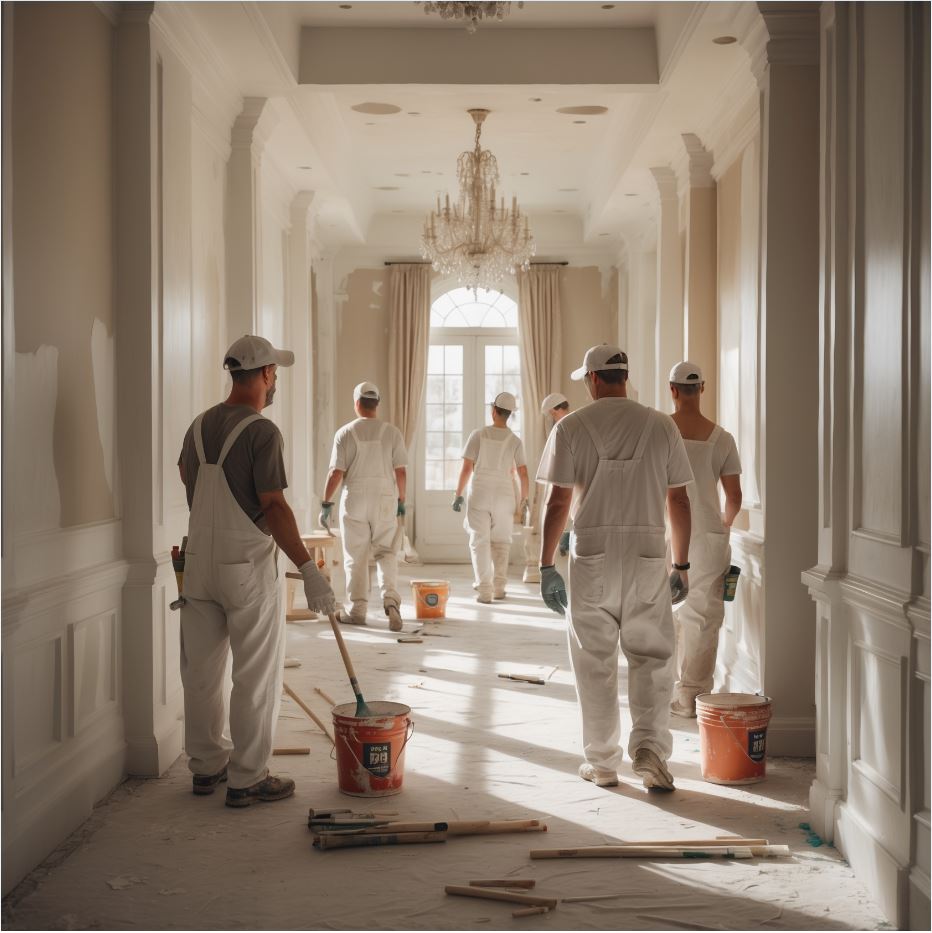
Why Choose Heritage Paints?
Authenticity: To accurately restore or decorate a period property in a historically appropriate style.
Timeless Style: To create an interior that feels classic, elegant, and enduring.
Sophistication: To add depth and character to a space with carefully curated and nuanced colours.
Quality: Often associated with reputable brands known for their high-quality paint formulations.
Conservation: For listed buildings or properties in conservation areas, using heritage colours might be a requirement or strongly recommended by local planning authorities.
Popular Heritage Paint Brands:
Several well-known paint brands offer dedicated heritage collections. Some prominent examples include:
Dulux Heritage: Offers a wide range of 112 colours in Velvet Matt and Eggshell finishes, researched by historical colour experts and curated for modern living.
Farrow & Ball: Known for their richly pigmented colours with traditional origins and distinctive names. They offer a vast range of historical and contemporary shades in various finishes.
Little Greene: Their “Colours of England” collection features historically significant colours from the past 300 years, meticulously researched from historic properties.
Benjamin Moore: Offers a “Historical Collection” of 191 time-honoured colours inspired by 18th and 19th-century architecture.
Crown Paints: Their “Crafted by Crown” range combines British colour heritage with modern design sensibilities.
-
Annie Sloan: Known for her Chalk Paint, which is water-based, non-toxic, and suitable for older walls, offering a range of colours that work well in period homes.
-
Edward Bulmer Natural Paint: Focuses on eco-friendly paints with historically inspired colours.
-
Graphenstone: Offers natural paints, including options specifically for heritage and listed buildings, with breathable and environmentally conscious formulations.
-
Heritage Paints (Vehicle Restoration): This specific brand focuses on high-quality paints for restoring vintage machinery and vehicles, offering gloss and other specialised finishes.
Common Heritage Colour Families:
While specific collections vary, you’ll often find these types of colours within heritage paint ranges:
-
Soft Whites and Creams: Popular in Georgian and Regency periods.
-
Muted Blues and Greens: Common in Victorian and Arts & Crafts eras.
-
Warm Reds and Browns: Inspired by the Arts & Crafts movement and Edwardian styles.
-
Deep Greys and Blacks: Used for ironwork and industrial buildings.
-
Earthy Tones: Reflecting natural pigments and materials used historically.
Considerations When Choosing Heritage Paints:
-
Research the Period of Your Property: If you’re aiming for historical accuracy, understand the typical colour palettes of your home’s era.
-
Consider Natural Light: How light interacts with the colours in your space is crucial.
-
Look at Undertones: Heritage colours can have subtle undertones that affect how they appear.
-
Test Samples: Always try paint samples in your actual space before committing to a full paint job.
-
Check Conservation Guidelines: If you live in a listed building or conservation area, there might be restrictions on exterior paint colours.
In summary, heritage paints are more than just colours; they are a way to connect with the past, create timeless beauty, and bring a sense of history and sophistication to your home.
